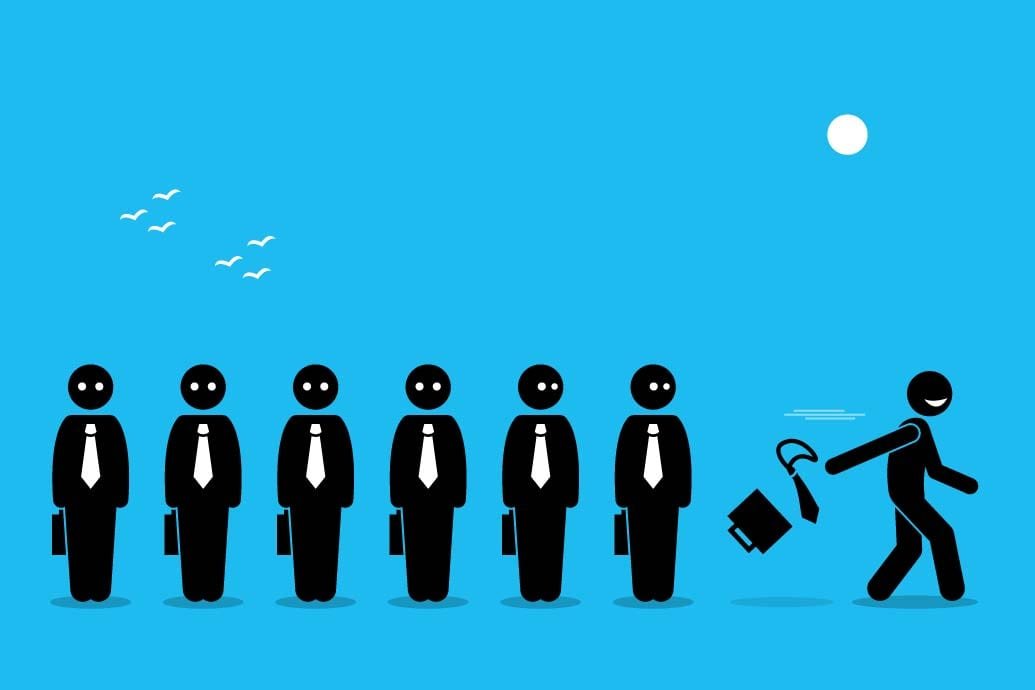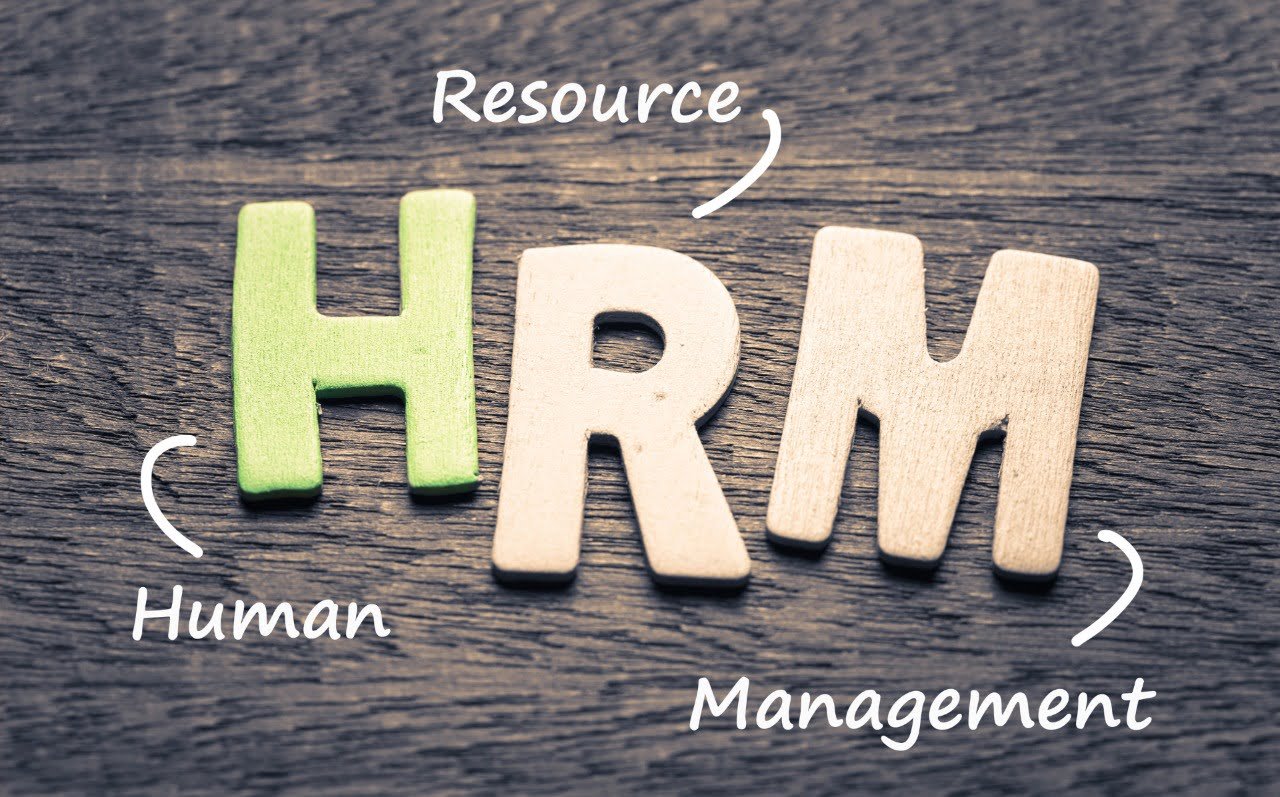Human Resources Management (HRM)
Human resource management (HRM) is the process of finding, hiring, deploying, and managing people who work for an organization. HRM is often just called “human resources” (HR). A business’s or organization’s HR department is normally in charge of developing, implementing, and monitoring the regulations that regulate workers and the interaction between the firm and its employees.
The importance of human resource management
HRM practices are used to manage the people in a workplace so that the organization can reach its goals and keep its culture strong. When they do their jobs well, HR managers can help hire new professionals with the skills needed to help the company reach its goals. They can also help train and develop current employees to help the company reach its goals.
HRM is a very important part of keeping a business healthy or making it better. Because a corporation is only as good as its people, this is true. HR managers may also monitor the employment market to ensure that the firm remains competitive. This might include ensuring that compensation and benefits are equitable, organizing activities to keep workers engaged, and adjusting job positions in response to market conditions.
Objectives of human resource management
Societal objectives: Societal goals are actions that are taken to meet the moral and social needs or challenges of the company and its employees. This includes legal issues like equal pay for equal work and equal chances for everyone.
Organizational objectives: Organizational objectives are the things that a company undertakes to ensure that it runs smoothly. This involves providing training, recruiting the appropriate amount of people for a position, and retaining a high percentage of personnel.
Functional objectives: Functional objectives are the rules that HR uses to keep the organization as a whole running well. This means making sure that all of HR’s resources are used as well as they can be.
Personal objectives: The resources that are employed to assist each employee in achieving his or her personal objectives. This involves providing opportunities for workers to learn more or grow in their professions, as well as ensuring that they are satisfied with their positions.
Processes in Human Resource Management
Each organization works toward achieving a single goal. These initiatives are planned and implemented by the HR department. A number of procedures are at the core of this approach, and the strategy’s efficacy is determined by how effectively these processes are developed.
- Human Resource Planning: We usually conceive of HR planning as the process of establishing plans for people. Correct, but insufficient! It also covers personnel assessment, promotion, and termination.
- Recruitment: Its purpose is to encourage individuals to apply for jobs that satisfy particular criteria.
- Selection: The next step in getting rid of things. tries to find the candidates who are the best fit for a job in terms of skills, qualifications, and potential.
- Hiring: Choosing the last person who will get the job.
- Training and development: The things that an employer does to help an employee improve his or her skills and abilities.
- Employee Remuneration and Benefits Administration: This is the process of deciding on salaries, wages, bonuses, fringe benefits, and other perks for employees. Money is the main reason why people work, which shows how important this process is. Employees who do a good job want raises, better pay, and bonuses.
- Performance management: Is supposed to help the company train, motivate, and reward its employees. Its other purpose is to ensure that the organization’s goals are met quickly and effectively. The process can be for an employee, a department, a product, a service, or a customer. All of these can be used to improve or add value to the employee, department, product, service, or customer.
A performance management system (PMS) is now available to assist managers in evaluating their workers’ performance and determining what training and development they need.
- Employee Relations: Keeping employees is a pain for companies, especially in industries that are very competitive. Even though there are many factors that influence whether individuals remain with or leave an organization, just a handful are under our control.
Employee relations include Labor Law and Relations, Working Environment, Employee Health and Safety, Employee-to-Employee Conflict Management, Quality of Work Life, Workers’ Compensation, Employee Wellness, Assistance Programs, and Counseling for Occupational Stress. All of these are important to keep employees, except for money, which is just a hygiene factor.
Advantages
- Human resource planning
- Hiring workforce
- Retaining employees
- Enhancing the organization’s effectiveness
- Handles disputes and queries
- Motivating employees
- Improve employee relations.
Disadvantages
- Costly setup
- Recent origin
- Unpredictability
- Improper development programs
- Insufficient information
- Lack of support for stock management
- Inadequate information.
Conclusion
Human Resource Management is an important part of our everyday lives. On the one hand, soft and hard human resource management has an influence on the company and helps it expand quickly. It can improve the motivation of employees in a business and get them to pay attention to the company’s policies and laws, which can help the business work better and make more money. On the other hand, trade unions help workers negotiate successfully and early on. This means that workers can negotiate for better wages and better working conditions.
Frequently Asked Questions
HRMS will put all the HR tools made by UCR in one place. It will have the following modules:
- Job Code Information: This replaces the UCR Title and Pay Plan (TPP), which had information about job code attributes.
- Job Builder adds the Job Description System (JDS) to the UCR Career Tracks system. This means that all job descriptions can be made and kept in a single application.
- Recruitment: Replaces several of the capabilities that were previously available in iRecruit.
- Review: This action takes the place of iReview, Reclassification, Reclass Salary Review, and Equity.
HR is the most important part of the journey of an employee. This includes things like employer branding, hiring, onboarding, performance management, learning and development, pay and benefits, safety at work, company culture, and so on.
- Finding and hiring people.
- Instruction and growth.
- Relations between an employer and an employee.
- Keep up the company’s culture.
- Manage benefits for employees.
- Set up a safe place to work.
- Take care of disciplinary measures.
Human resource management often occurs in three stages: before an employee is employed, during training and development, and after the individual has been hired. Human resources managers are in charge of recruiting qualified candidates to fill unfilled jobs inside the organization.
HRM is a broad term that encompasses a wide variety of topics. It covers everything from hiring personnel to ensuring they exit the organization. So, HRM is the process of getting, developing, keeping, and keeping track of people who work for an organization.




